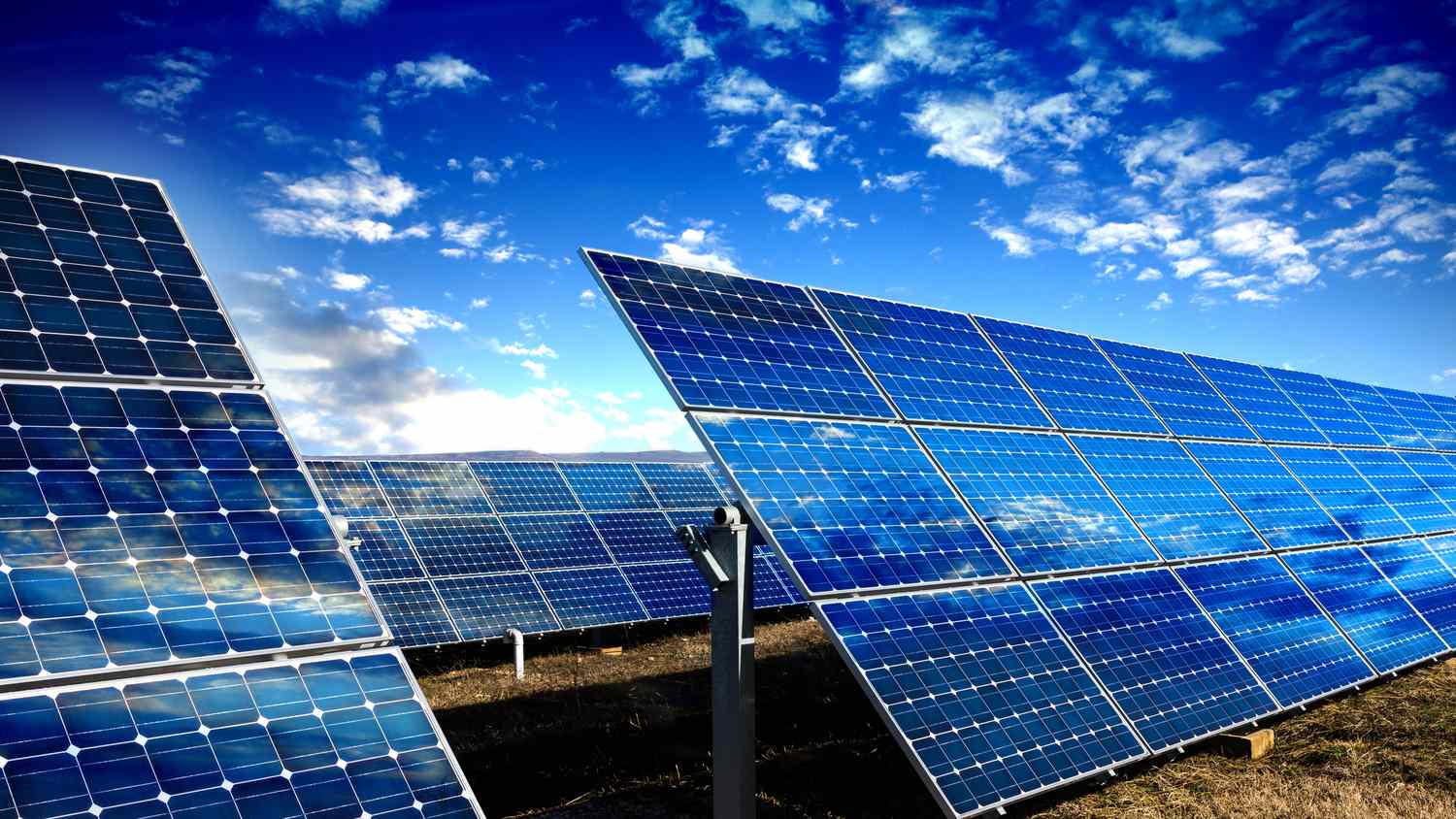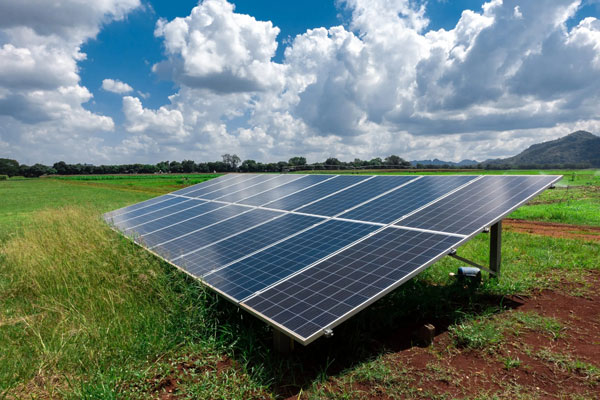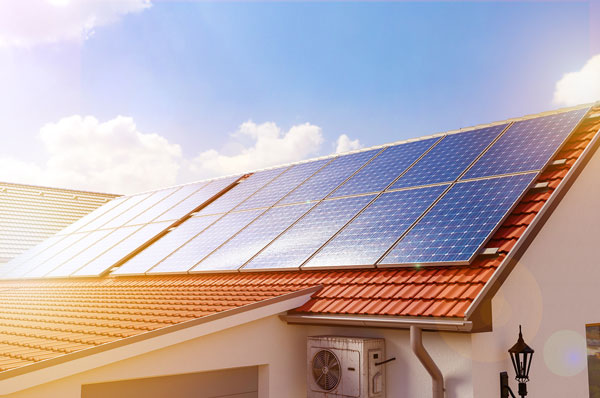Managing Corrosion And Salt Fog Effects
One of the biggest challenges the technology faces is in coastal regions where the corrosive effects of salt from sea spray can cause massive damage on virtually all parts of a solar array acting as a power utilized, be it a module, the mounting supports or even electrical connections. In these cases, solar panels see faster corrosion, which can reduce their quality and shorten their life. On the Florida coast, corrosion from salt resulted in a 5% decrease in solar efficiency over a year, compared to under 1% in land areas over the same period, in a study conducted over the Florida coastline.
What about Material Innovations and Protection Coatings
Materials Science – Great strides have been made in material science to counteract this trend. Modern solar panels will often be constructed from materials like anodized aluminum, and then undergo protective coatings to help prevent corrosion. These low-level coatings are meant to protect the panels from salt grains without degrading their performance at capturing sunlight. One example is hydrophobic coating of silicon based on a solar farm in Corpus Christi, Texas, identifying a maintenance cost savings of 20% over a 3-year period.
Smarter Setup Practices
The methods by which they are installed have changed as well in order to increase their longevity in coastal environments. Modern mounting systems now feature elevated structures as a means to reduce direct exposure to salt-laden air. A solar installation in Cape Town, South Africa saw solar arrays built on stanchions last 30% longer than arrays on ground level.
Regular Maintenance Protocols
The Salt fog has effects on materials for structures, that is why regular maintenance services are important to counteract these. It is advisable to have well-defined cleaning procedures and rinsing with fresh water to keep the salt deposits from accumulating. Cleaning has an indispensable part of keeping plants at their peak and a solar facility near San Diego, California showed the importance even further when every cobweb was removed bi-monthly, allowing 98% of the original output five years later.
Real-Time Monitoring Systems
Incorporating real-time monitoring systems helps identify and curb corrosion problems before they become more difficult to manage. These systems much like our cells have sensors to continuously monitor weather and the health of solar panels for any potential preventive maintenance opportunities. A test site on the Jersey Shore has used these tools to reduce downtime by 40 percent and increase overall power output.
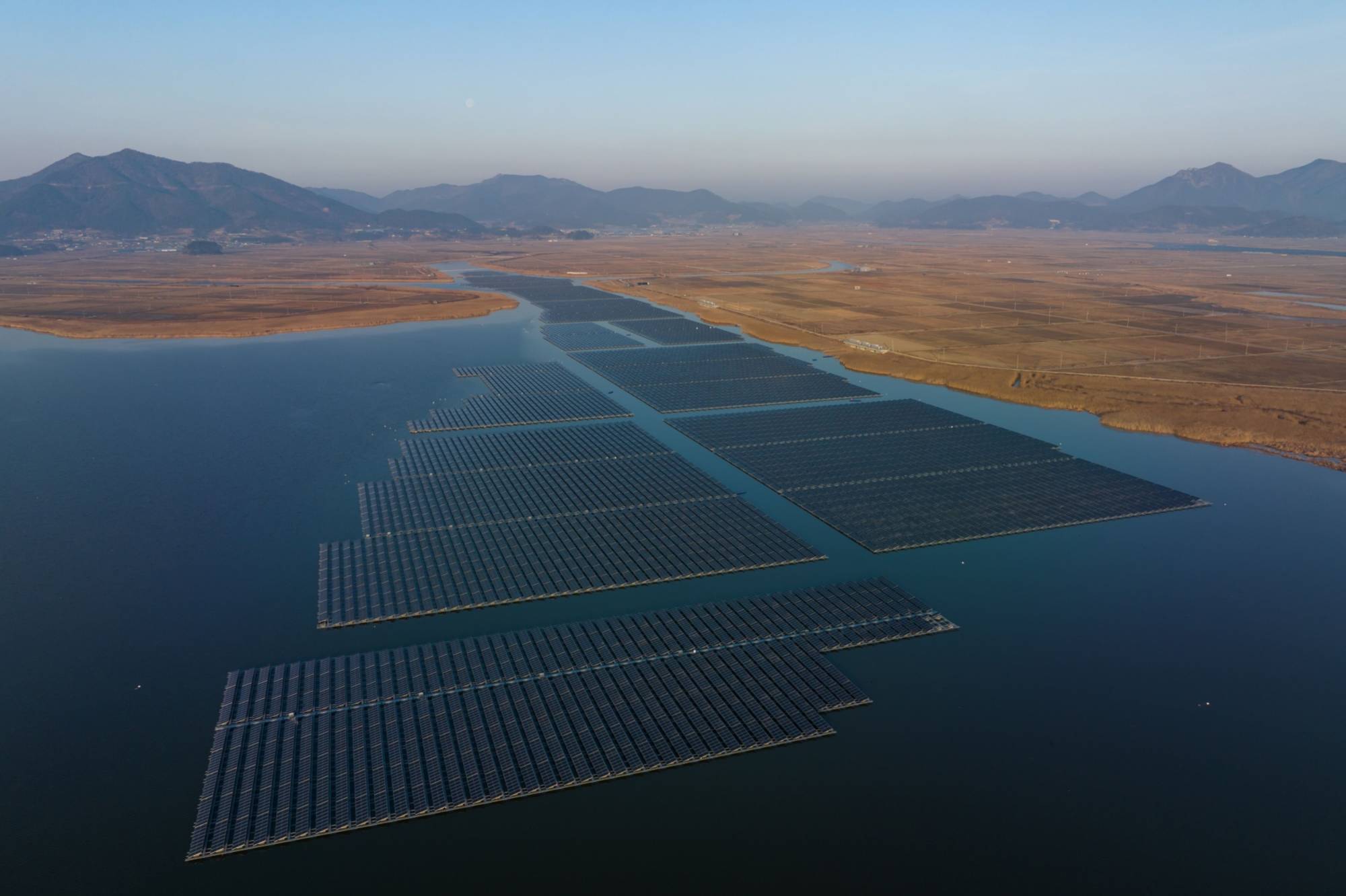
Designing For High Wind Durability
Solar installations on the coast have to be able to deal with high wind speed issues which are common in coastal areas. References, like those used by the American Society of Civil Engineers (ASCE), outline wind loads and the need for more structural reinforcement for solar panels.
Aerodynamic Panel Designs
To improve the wind resistance, manufacturers have made panels with lower wind load profiles. In a Galveston Texas coastal project, the patented panel design was more than 25% more wind uplift resistant compared to conventional designs by seamlining the panels. The aerodynamic edges have been uniquely profiled to reduce wind pressure by smoothing the airflow over the surface of the panel.
Reinforced Mounting Systems
In regions with stronger winds, appropriate mounting systems are essential for the solidity of the photovoltaic installations. That is why reinforced, stainless steel and deep-ground anchors are installed in racking systems. North Carolina suffered little to no damage from Hurricane Florence, thanks to clever new techniques used in a solar farm, it was also reported.
Strategic Installation Angles
The orientation of the panel it gets attached to has a major impact on how it deals with high winds. The best results have shown that it tilts at an angle of somewhere between 30° and 45°; this slightly increases the wind resistance of the system, in order to increase the overall efficiency. One installation dismantles the system and redesigns it in human terms, with height-adjustable tilts that capture the sun in optimal angle regardless the time of the year and then retracts it low minimising the wind load during the hurricane season; all without diffracting any rays.
Wind Tunnel Testing Protocols
Most companies actually require wind tunnel tests before deployment to simulate the actual setting an installation might have. These subsequent rounds of tests allow for the design and installation of the system to be refined so that the system has the most extended lifespan possible. An experimental wind tunnel test at the University of Florida for a new model of solar panels was modified for decreased wind noise and increase anchor points which resulted in its durability on the high-wind Florida coast line.
Regulatory Challenges For Coastal Development
Regulatory landscapes in resort and coastal areas are challenging for solar project developers, adding complexity to deployment schedules and cost burdens. The goals of these regulations are to protect coastal ecology and encourage the development and use of renewable energy.
Planning and Environmental Method Statements
Local zoning is the main challenge for coastal solar developers. Every municipality has different land use regulations that can prohibit siting solar farms of solar on large tracts of land. A solar project in Monterey, Calif., took two years to navigate the zoning review system before getting the green light, illustrating the kind of time commitment involved.
Coastal Commission Permits
The icon indicates that in most places, permits from local coastal authorities are necessary. The permits are designed to prevent impacts on the coastal environment from solar installations. To make a solar power development in New Jersey conform to the New Jersey Coastal Commission's guidelines to preserve local wildlife habitats, the development's initial design had to be changed rather dramatically.
Wind Load Requirements and Building Codes
The various wind load building codes are crucial to comply with as structures in a coastal region are very susceptible to the high winds. Many projects cannot be realized without individual solutions that meet these high standards. Use of hurricane resistant panel mounts was a requirement for a project in Wilmington, NC, that increased the project's initial cost estimate by ~15%
Influence of MPAs
Solar projects situated near Marine Protected Areas (MPAs) are subject to additional restrictions. Projects are required to minimize impact on the environment which leads to greater transparency and longer approval times. The Shoats Cr e ek solar installation near a MPA in Oregon was required to conduct in-depth environment impact studies which resulted in over a year delay before they could flip the existing switch to produce power.
Innovations In Anti-Corrosion Technology
For solar panels by the sea, the attention to anti-corrosion technology is very important because it is related to the life of solar panels. In all of these cases the lifespan of solar systems is lengthened and maintenance costs are reduced as a result of the innovations.
Advanced Coating Materials
The technology of solar panels has also evolved, even to the extent of serving anti-corrosive layers that cover the salt mist and other corrosive substances. One recent breakthrough, for instance, concerns special nano-coatings that work to effectively repel water and salt to ensure that the external panel surface remains clean. A pilot project in Hawaii claimed to have reduced the efficiency loss due to corrosion by 50% over five years using panel treatment, nano-coating the test panels.
You can also trust that we will provide you with corrosion-resistant frames and components as well
Manufacturers have also taken these aspects under consideration by focusing on corrosion-resistant frames and components. These components are capable of surviving challenging coastal conditions and are built from materials such as titanium and composite plastics. At a site in coastal Maine, 10-year-old solar panels with composite frames had no major evidence of corrosion while traditional aluminum frames experienced significant deterioration.
Self-Healing Materials
New items on the comedy show's kitchen include self-healing materials that repair themselves when minor scratches expose the underlying material to the elements, such as corrosive salt water. These materials contain polymers that upon air/oxygen exposure or water penetration form “self-healing” plugs in any possible transverse breach in the coating. An on-going trial in the Virginia coastal regions has shown that self-healing coatings can add 20% more cut down time to a panel.
Senses Into The Environment
Integrated environmental sensors increasingly equip solar systems for optimized maintenance schedules and prevention of undue wear and tear. These include sensors which can report constants such as humidity, temperature, salinity, which can then be used in predictive maintenance. One installation in San Francisco uses these sensors to automatically adjust cleaning and maintenance schedules, leading to a 30% drop in maintenance costs.
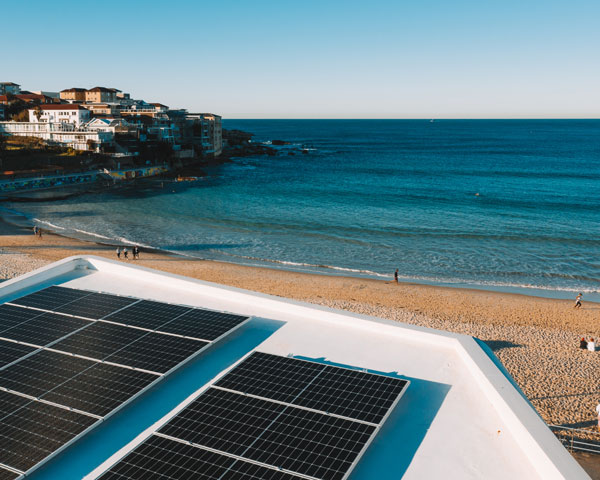
Successful Coastal Solar Implementations
Thanks to technology and well-sequenced strategies, the deployment of solar power plants in coastal regions has enjoyed some amazing achievements. Each of these illustrates some of the potential for solar in extremely challenging environments.
Block Island Wind Farm
Rhode Island's Block Island Wind Farm is the first hybrid solar-wind system on the coast. While serving as a model for hybridization of non-water-energy solutions, the project also showcases resiliency in maritime operating environments. Fitted with corrosion resistant technologies and a solid monitoring system, the plant has been running efficiently with only marginal efficiency decreases since it was put into operation in 2016.
South Africa
Include South Africa's KaXu Solar One, which features both solar thermal technology and storage capabilities that allow it to deliver electricity when the sun is not shining. Located close to the coast, it employs a custom cooling solution that withstands the corrosive coastal saline air and has kept efficiency above 95% over the past five years.
The Gujarat Solar Park
Since it is one of the largest in the country, the solar park in Gujarat is a prime example of how to handle high wind speeds and salt fog. The park incorporates elevated structures with wind-resistant perforated panel designs, the latter have been tested under Cyclone Tauktae in 2021 and proven to cause minimal damage and high repairability.
Solar Power Island For Fukushima
Fukushima Solar Power Island: is a floating solar farm built on reclaimed land from the ocean: Japan. It involves the use of advanced maritime space for a floating renewable energy platform with anti-corrosion properties and dual-axis trackers that enables optimal sun capture. The island is one of high-frequency typhoons,it bends over backwards much difficult to grow than traditional ground-mounted systems, but finally achieved a 10% higher yield.



